Currently, Gosforth Nature Reserve is open for NHSN members only, between 9.00 am-6.00 pm, with last admission at 5.00pm. Events and access for non-members are not yet available to help limit contact between visitors and volunteers. If you wish to visit, please bring your NHSN membership card or renewal/joining email. See here for full information on visiting GNR.
Your sightings from the reserve
Birdlife
It has been a busy fortnight for wading birds on and around the reserve. Sightings from the subsidence pond include Black-tailed Godwit, Wood Sandpiper, Green Sandpiper and Curlew; while visitors have encountered Green Sandpiper and Snipe from the Ridley Hide.
On the wetland, Kingfishers are now being seen with growing regularity and Water Rail have been visible on the exposed mud outside the Ridley Hide. The Gadwall brood continues on-site and a colour-ringed Little Egret has been seen by multiple visiting naturalists.
Philip Jordan and Jane Gray report further evidence of Siskin breeding on site this year with five fledgelings photographed in the wood. Philip and Jane also encountered a Garden Warbler; while James Dodsworth reports Sparrowhawk and other visitors have heard Green Woodpecker.
Fledged warblers are becoming an increasingly common sight at the reserve with the young of Reed, Sedge and Willow Warbler noted, alongside those of Chiffchaff, Blackcap and Whitethroat.
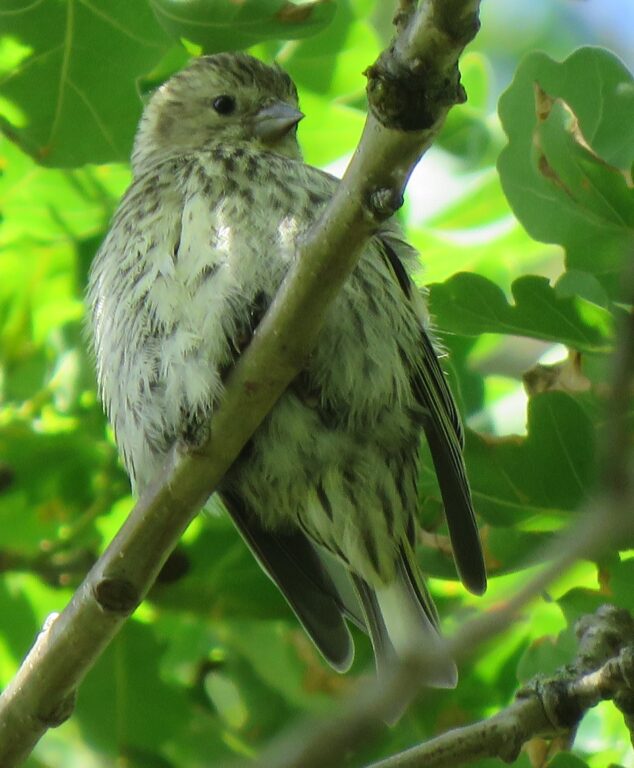

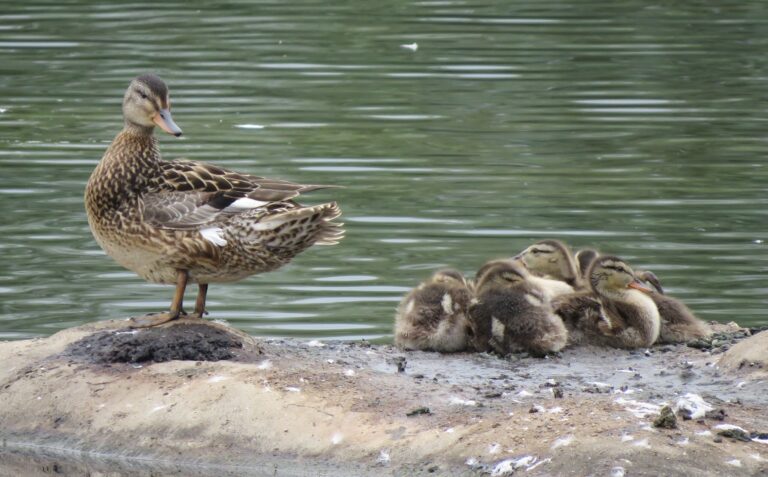
Mammals
Exciting news this week as Christopher Wren reports the presence of an Otter cub on site. Sightings of Otter are fairly frequent from the Ridley and Pearce hides and if anyone spots this most recent addition to the reserve’s wildlife, we’d love to hear!
The Lake Lodge garden this week held Common Shrew, Weasel and an unknown vole species; while researchers from the Northumberland Bat Group reported a record number of Noctule Bats leaving a roost site inside the reserve.
Roe Deer continue to delight visitors with the fawns reported in previous updates now growing older and steadier on their feet.
Invertebrates
Butterflies observed during Philip Jordan and Jane Gray’s regular butterfly transect include Ringlet, Meadow Brown, Large White, Large Skipper and Small Tortoiseshell. Small Skipper have also begun to appear at the reserve with the year’s first observed on Monday 7 July. Elsewhere, Common Blue and Speckled Wood were seen and Andy Atkinson recorded the first Purple Hairstreak of the season.
Moths noted this week include Six-spot Burnet, Straw Dot and Grass Rivulet.
The usual cast of Emperor, Broad-bodied Chaser and Four-spotted Chaser dragonflies continued at the reserve recently, with Azure and Large Red Damselfly also observed.
Volunteer Ranger, Oliver O’Doherty, reported a large and colourful Four-Banded Longhorn Beetle on site and James Common photographed a range of interesting hoverflies close to Lake Lodge. Among these, the Furry Dronefly, Eristalis intricaria, and a number of White-footed Hoverfly, Platycheirus albimanus.
In an interesting turn of events, NHSN Volunteer Ranger, Chris Newman, also a recorded a beautiful Orange Ladybird perched atop a field guide in the Pearce Hide. A rather eye-catching bookworm, if ever there was one!
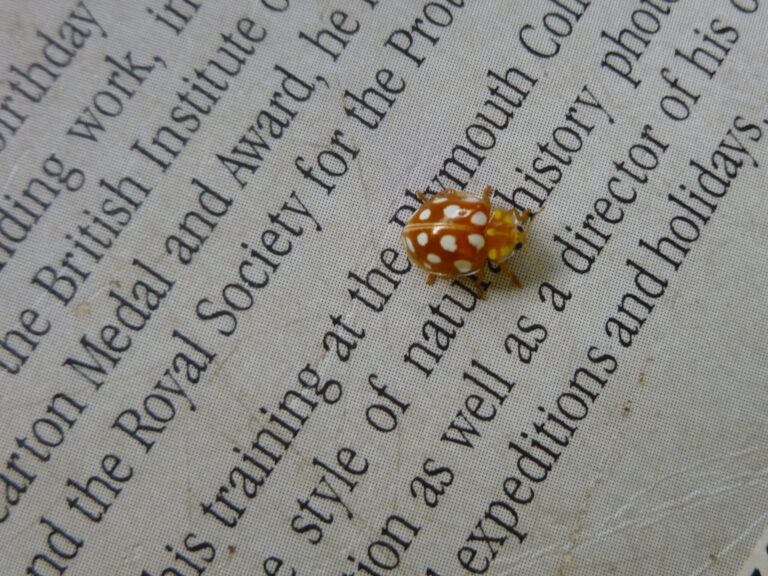
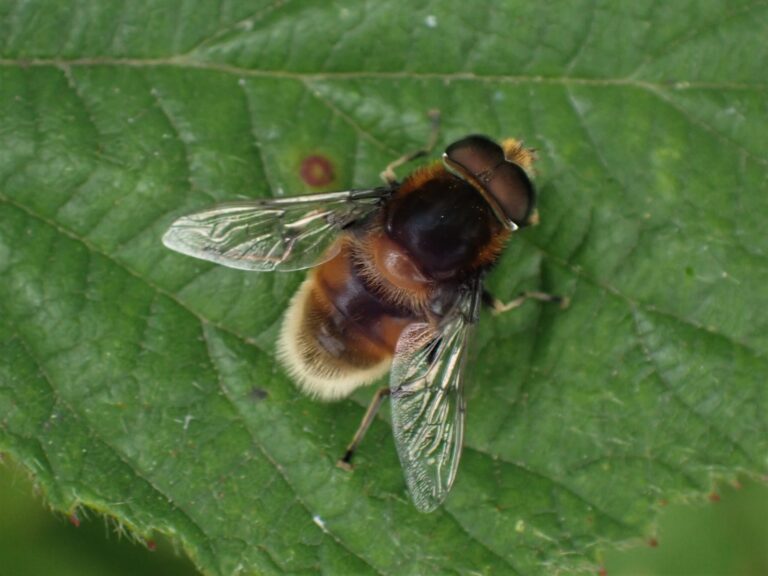
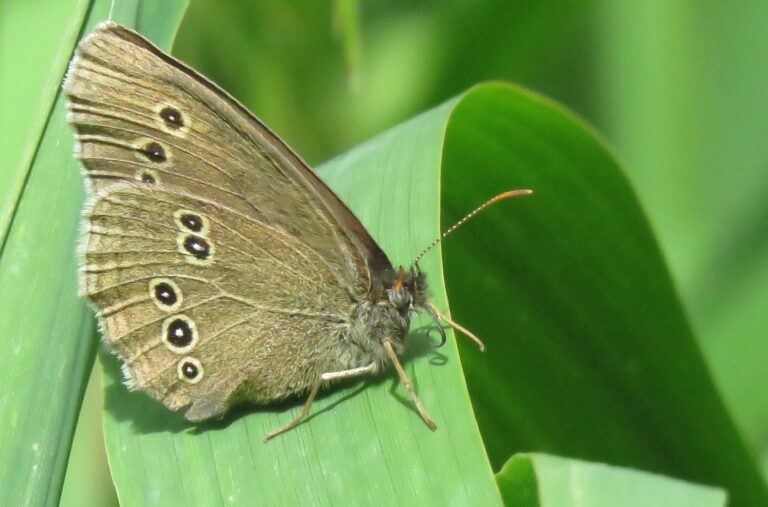
Plant Life
Botanist and NHSN Volunteer Ranger, Lydia Koelmans, recorded three species of St. John’s-wort on site this week with Slender St. John’s-wort found along the middle path and both Square-stalked and Hairy St. John’s-wort in other areas of the site.
Foxgloves continue to bloom en masse in the woodland at the reserve and the meadow area continues hold Ragged Robin, Common Spotted Orchid and blooming Betony.
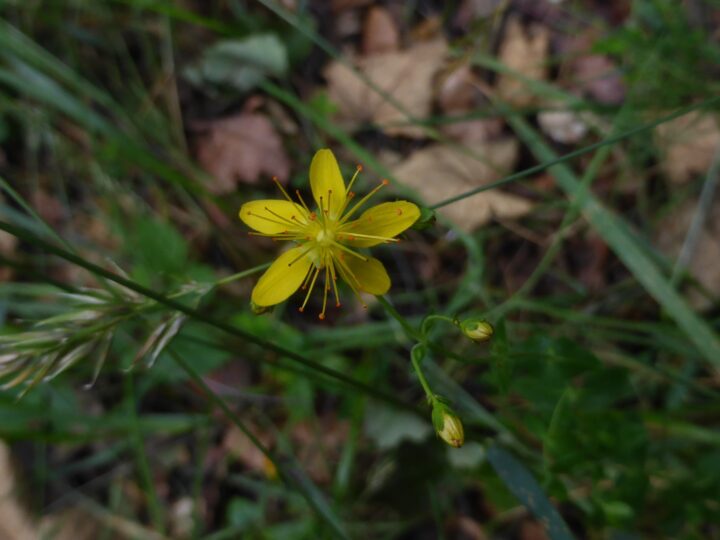
What to look for this week?
On sunny days, look out for White-letter Hairstreak in the woodland – it can’t be long now until a lucky visitor reports our first sighting of the season.
Around this time last year, the fluffy young of Water Rail could be seen on the exposed margins outside of the Ridley Hide. With the adults showing occasionally this week, it may not be long until they return with a number of jet-black young in toe.
Elsewhere, keep your eyes peeled for emerging dragonfly species including Southern Hawker, Ruddy Darter and Common Darter.
We’d love to hear about your wildlife encounters at Gosforth Nature Reserve! No creature is too small and whether you’re recording insects, plants, mammals or birds (or anything else, for that matter), please do get in touch on social media or by email at nhsn@ncl.ac.uk. Equally, if you would like to contribute photos to future wildlife updates or the NHSN e-news, please get in touch.
By James Common, local naturalist